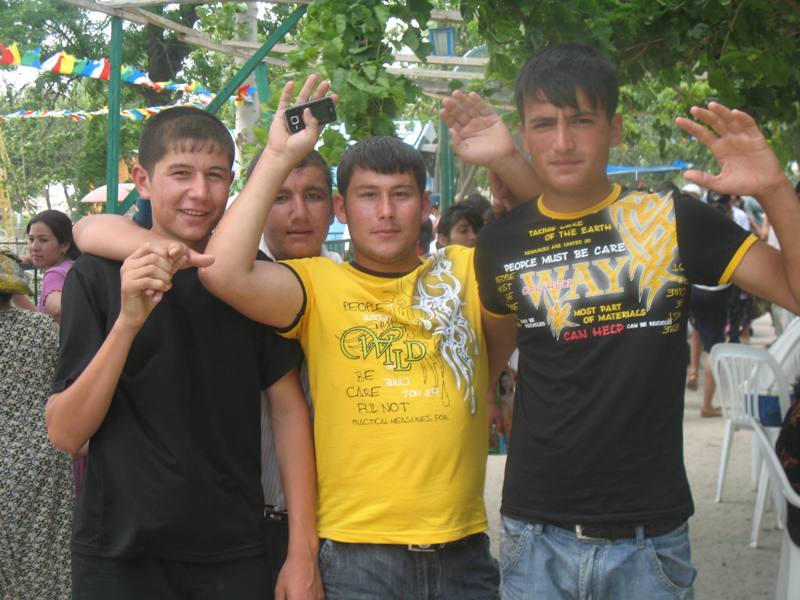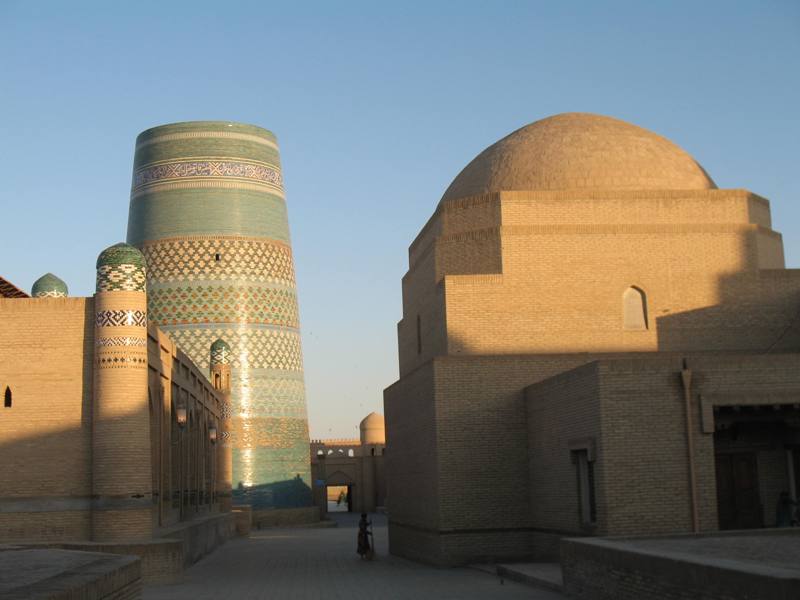Bukhara: "Need A Rug?"
Posted June 1, 2009 by JanBukhara, Uzbekistan
June 1, 2009
Dear Family and Friends,
I love oriental rugs. I grew up with them. My parents had one in the dining room in our apartment in the Bronx. My grandparents also owned a few. Eventually I inherited them all. And I bought more. Like members of the family, the thick rugs of earth tones and deep red and warm blue were always an important element in the interior of my home.
Did you know that I was a rug salesman in Boston? In one of my late "careers" I worked for Newton Oriental Rugs and Able Carpets. On the job I learned that Americans love a "story" and I was good at story-telling. To my attentive customers, I told fabulous tales about each intricate, "unique" hand-made rug imported from some exotic place somewhere. And, could I "hondl" and negotiate!
So when I realized that the city of Bukhara was on my itinerary in Uzbekistan, my first thought was "Bukhara!! That's one of the more popular patterns of oriental rugs."




